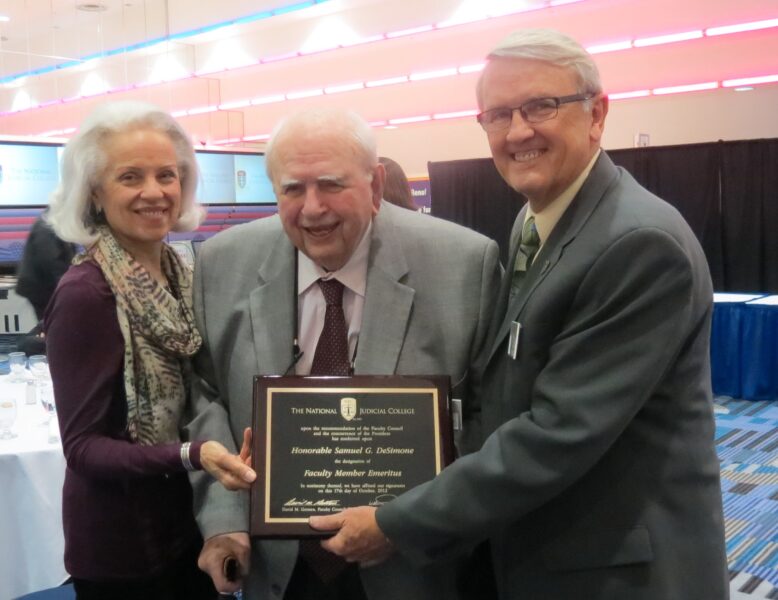Embracing the Future of Online Learning
By Bronson Tucker, Director of Curriculum, Texas Justice Court Training Center If your educational agency is like mine, you have worked on developing an online presence for several years, but the educational quality likely has been lagging behind your live Read more


